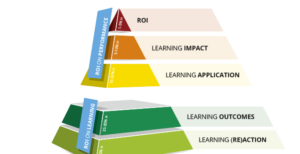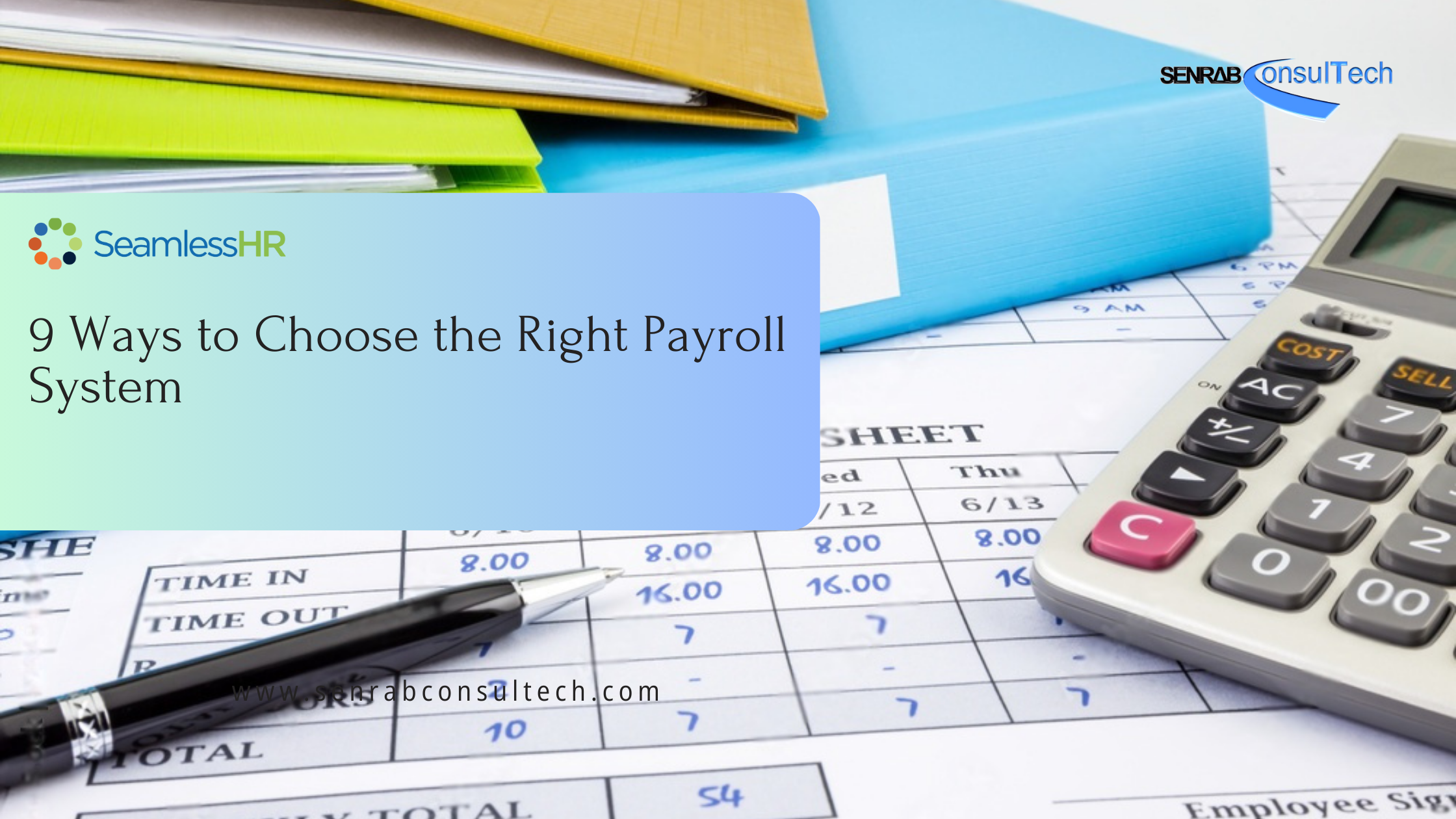Maximizing the ROI in your HR investments isn’t just a nice-to-have; it’s the key to unlocking the full potential of your workforce and staying ahead in a competitive market. The role of Human Resources (HR) has evolved from being a mere administrative function to a strategic partner in driving business success.
As companies increasingly recognize the importance of their workforce in achieving their objectives, there’s a growing need to quantify the impact of HR initiatives on the bottom line. This is where measuring Return on Investment (ROI) in HR becomes crucial.
By understanding and enhancing the ROI in HR activities, organizations can ensure that their human capital investments are yielding the desired returns, ultimately contributing to sustainable growth.
Understanding ROI In HR
ROI in HR refers to the financial return that a company gains from its investments in HR activities, such as recruitment, training, employee engagement, and retention strategies. Unlike traditional ROI calculations, which are often straightforward, measuring ROI in HR involves both quantitative and qualitative factors.
These can include increased productivity, reduced turnover costs, improved employee satisfaction, and enhanced company culture. The importance of measuring ROI in HR cannot be overstated.
For HR professionals, demonstrating the value of their initiatives is key to securing the necessary resources and support from leadership. Moreover, aligning HR efforts with business objectives through ROI metrics allows companies to make data-driven decisions that enhance overall performance.
However, measuring ROI in HR comes with its own set of challenges. Intangible benefits like employee morale and company culture are difficult to quantify. Additionally, the long-term nature of HR investments means that the full impact may not be immediately visible, making it harder to track and attribute specific outcomes to particular initiatives.

Key Metrics For Measuring HR ROI
To effectively measure HR ROI, it’s essential to identify and track key metrics that reflect the impact of HR activities on the organization’s success.
Employee Productivity
One of the most direct indicators of HR ROI is employee productivity. By assessing how HR initiatives such as training programs, performance management systems, and employee wellness programs influence productivity, organizations can determine the effectiveness of these investments. Increased productivity often translates into higher output, better quality work, and ultimately, greater profitability.
Employee Retention And Turnover Costs
Retention rates and turnover costs are critical metrics in calculating HR ROI. High turnover can be costly, not just in terms of recruitment expenses but also in lost productivity and the negative impact on team morale.
By investing in employee engagement, career development opportunities, and competitive compensation packages, HR can improve retention rates, reducing the costs associated with hiring and training new employees.
Employee Engagement And Satisfaction
Engaged employees are more likely to be productive, loyal, and committed to the organization’s success. Measuring employee engagement and satisfaction through surveys and feedback mechanisms can provide valuable insights into the effectiveness of HR initiatives. A positive correlation between high engagement levels and improved business outcomes can be a strong indicator of HR ROI.
Training And Development Impact
Training and development programs are significant HR investments that can yield substantial returns. By tracking the performance improvements of employees who have undergone training, organizations can assess the impact of these programs on overall productivity and innovation. Additionally, measuring the time to competency for new hires or promoted employees can provide insights into the effectiveness of development initiatives.
Strategies For Enhancing Workforce Value
To maximize the ROI in HR activities, organizations must adopt strategies that enhance the value of their workforce. Here are some effective approaches:
Investing In Employee Development
Continuous learning and development are key to maintaining a skilled and adaptable workforce. By offering targeted training programs, leadership development courses, and opportunities for career advancement, companies can enhance employee capabilities, leading to increased productivity and innovation. Furthermore, investing in development demonstrates to employees that the organization is committed to their growth, which can boost engagement and retention.
Improving Recruitment Processes
Effective recruitment strategies are essential for attracting and retaining top talent. By refining recruitment processes to focus on cultural fit, skills alignment, and long-term potential, HR can reduce the costs associated with bad hires and improve overall workforce quality.
Utilizing technology, such as applicant tracking systems (ATS) and AI-driven recruitment tools, can further streamline the hiring process, ensuring that the right candidates are selected efficiently.
Fostering A Positive Work Environment
A supportive and inclusive workplace culture is critical for employee satisfaction and performance. HR can enhance workforce value by promoting diversity and inclusion, offering flexible work arrangements, and implementing wellness programs. These initiatives not only improve employee well-being but also create a positive work environment that fosters creativity, collaboration, and loyalty.
Leveraging Technology In HR
Technology plays a pivotal role in enhancing HR efficiency and effectiveness. By adopting HR tech solutions such as Human Resource Information Systems (HRIS), employee self-service portals, and performance management software, organizations can streamline HR processes, reduce administrative burdens, and gain valuable data insights. These tools enable HR to focus more on strategic activities that drive workforce value and contribute to ROI.

Best Practices For Communicating HR Roi To Stakeholders
To secure ongoing support for HR initiatives, it’s crucial to effectively communicate the ROI to stakeholders.
Effective Reporting
Present HR ROI data in a clear, concise, and visually appealing format. Use charts, graphs, and case studies to illustrate the impact of HR activities on business outcomes.
Aligning HR Goals With Business Objectives
Ensure that HR metrics are tied to overall business goals. This alignment makes it easier to demonstrate how HR contributes to the organization’s success.
Continuous Improvement
Emphasize the importance of ongoing measurement and refinement of HR initiatives. Highlight how continuous improvement efforts will further enhance ROI over time.
Conclusion
Maximizing ROI in HR is not just about tracking metrics; it’s about strategically enhancing the value of your workforce. By investing in employee development, refining recruitment processes, fostering a positive work environment, and leveraging technology, organizations can ensure that their HR initiatives drive significant returns.
At Senrab ConsulTech, we are committed to helping you achieve these goals through tailored HR solutions designed to optimize your workforce value and drive business success.
Get in touch with us today and discover how Seamless HR can help you maximize your workforce potential.


